Mavro Lithari
Mavro Lithari beach has a total length of about 1.5 km and has essentially two main beaches.

Mavro Lithari beach has a total length of about 1.5 km and has essentially two main beaches.
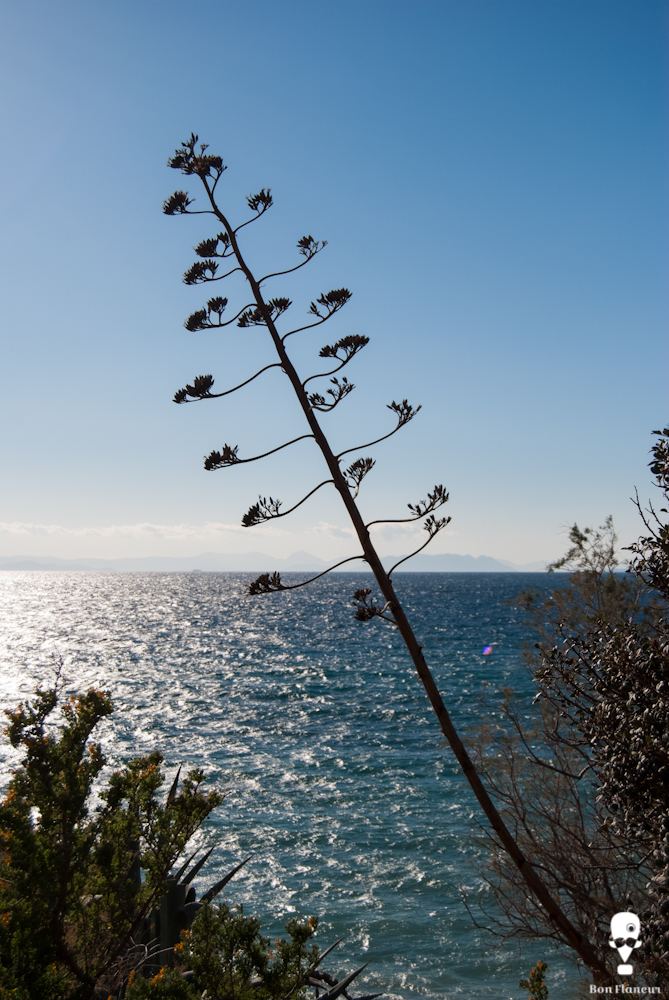
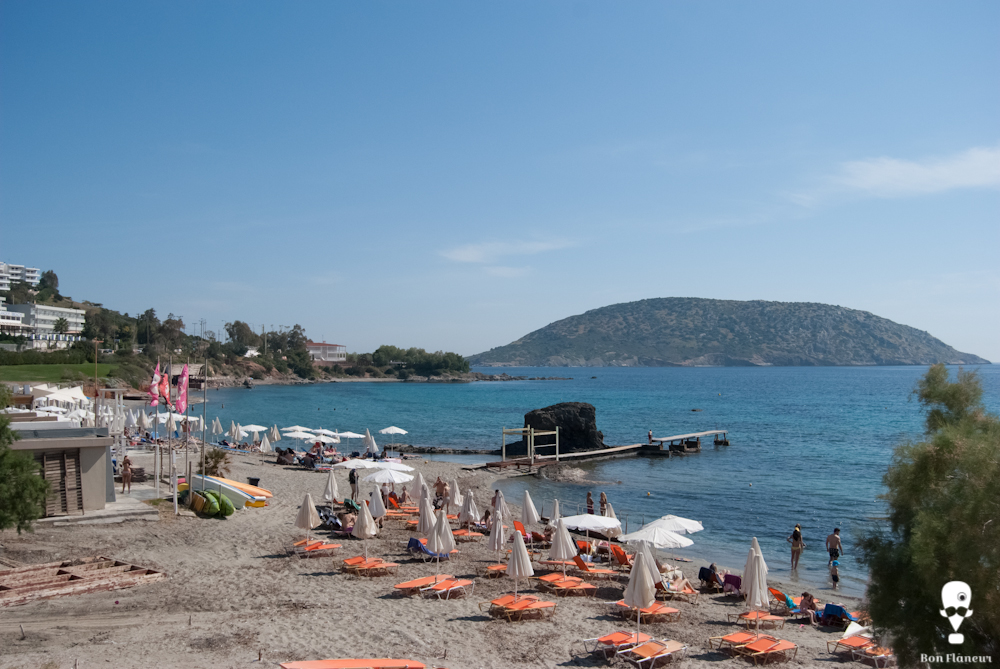
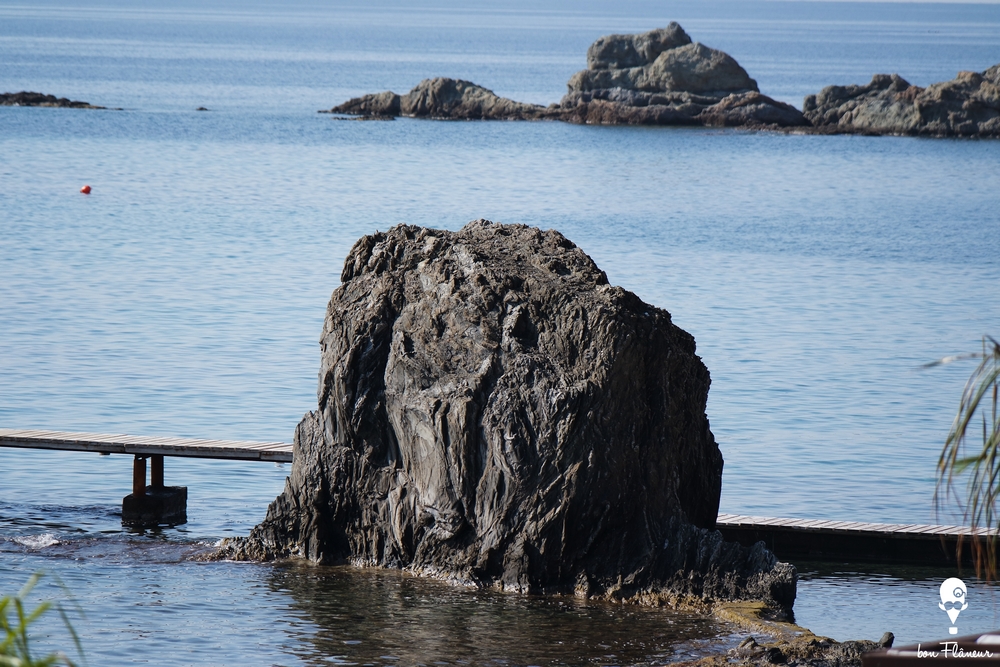
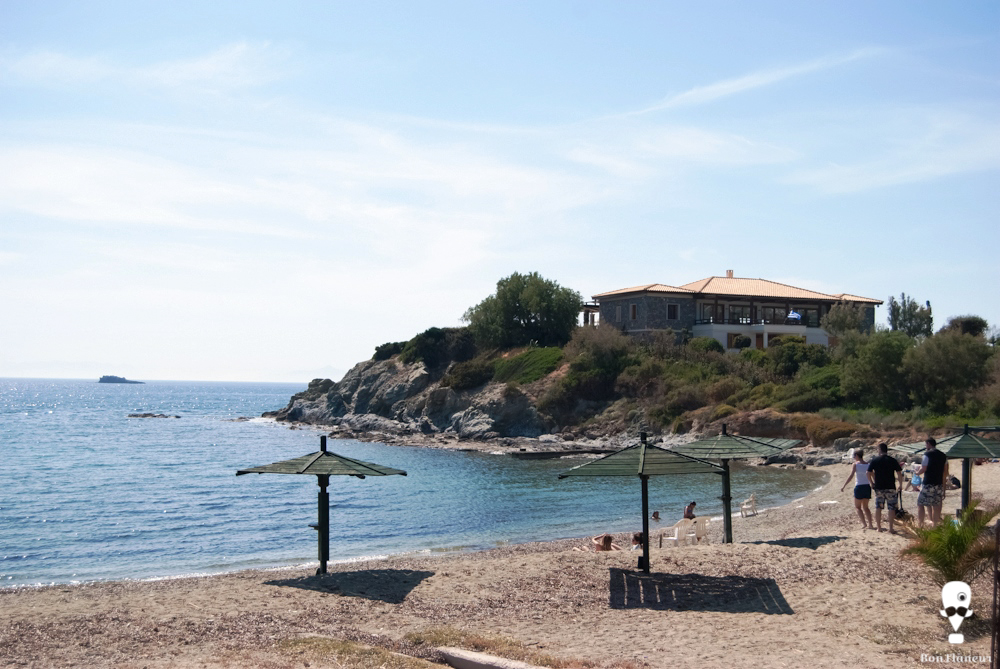
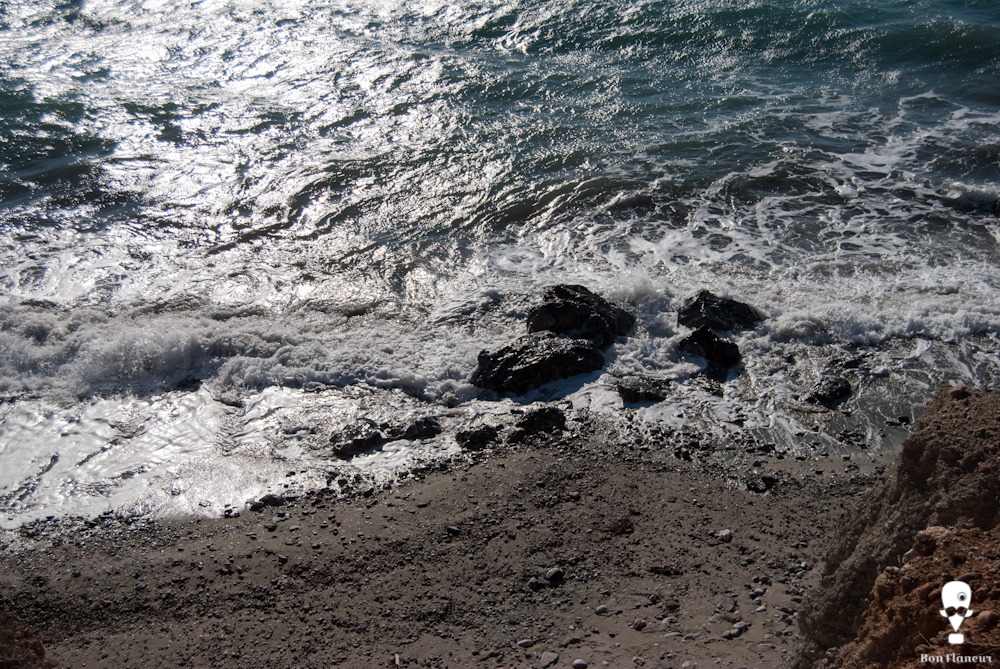
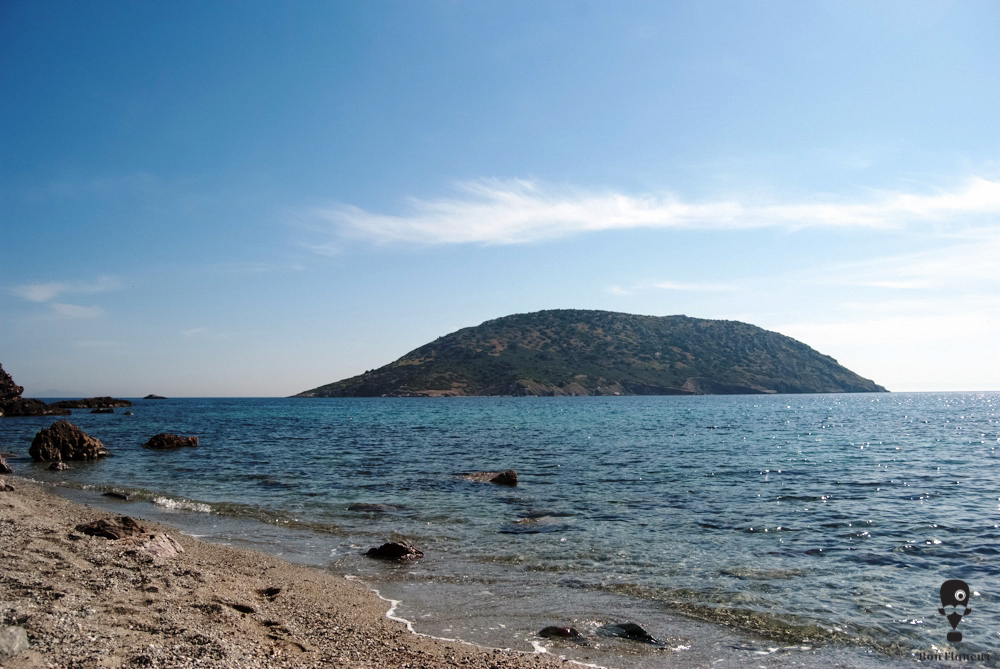
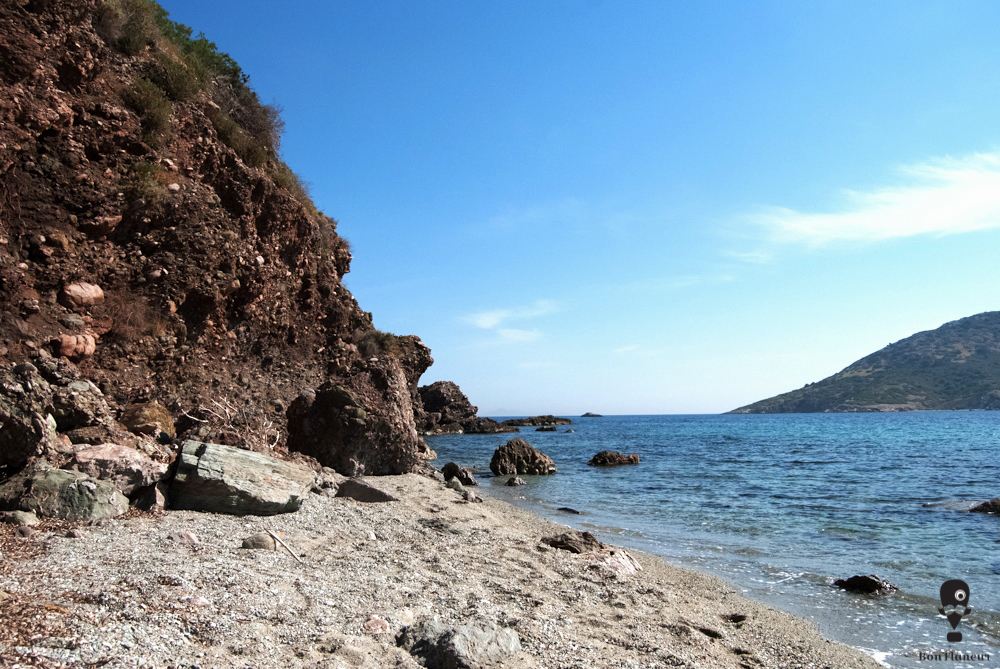
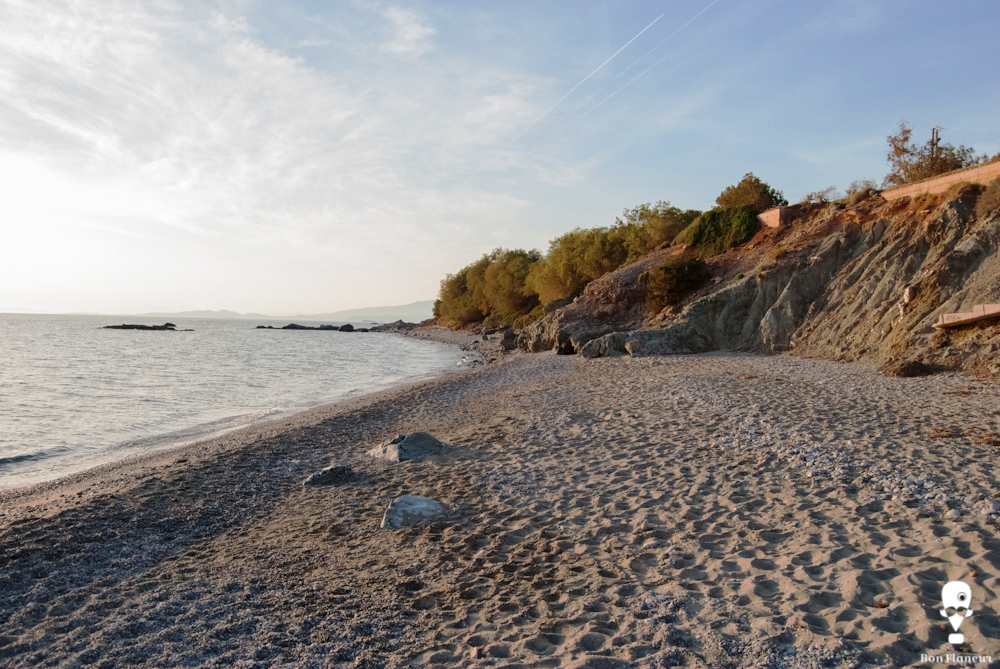
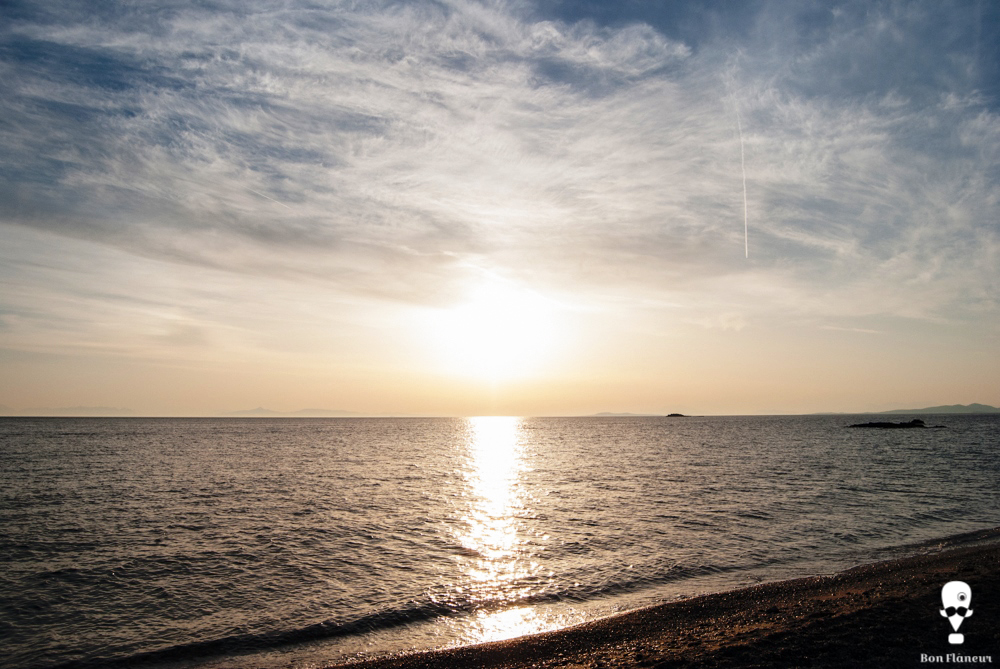
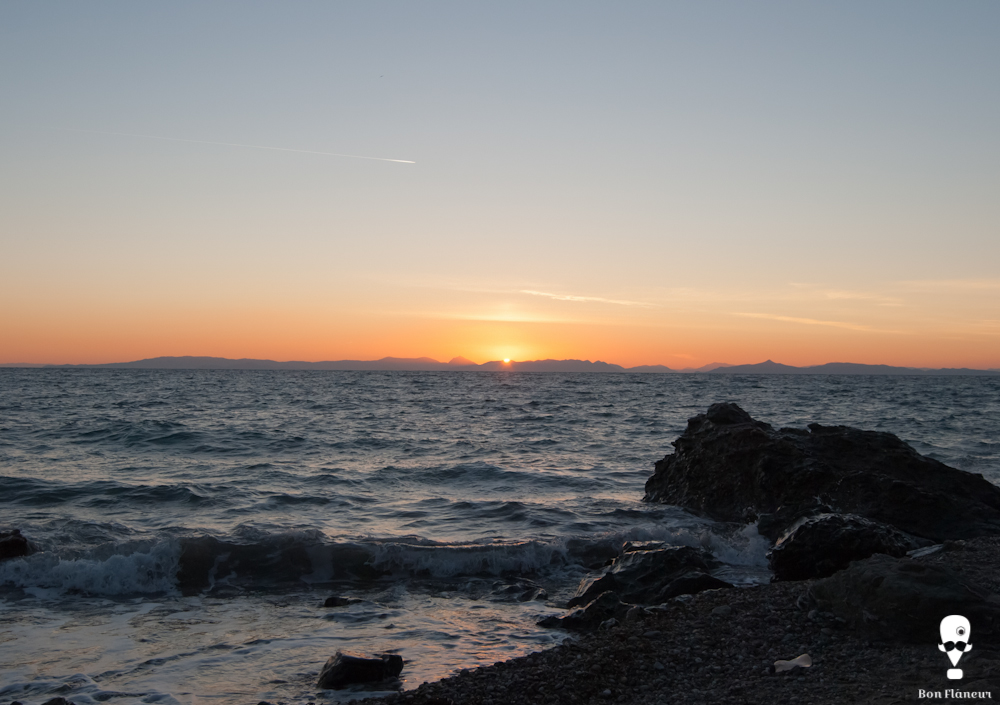
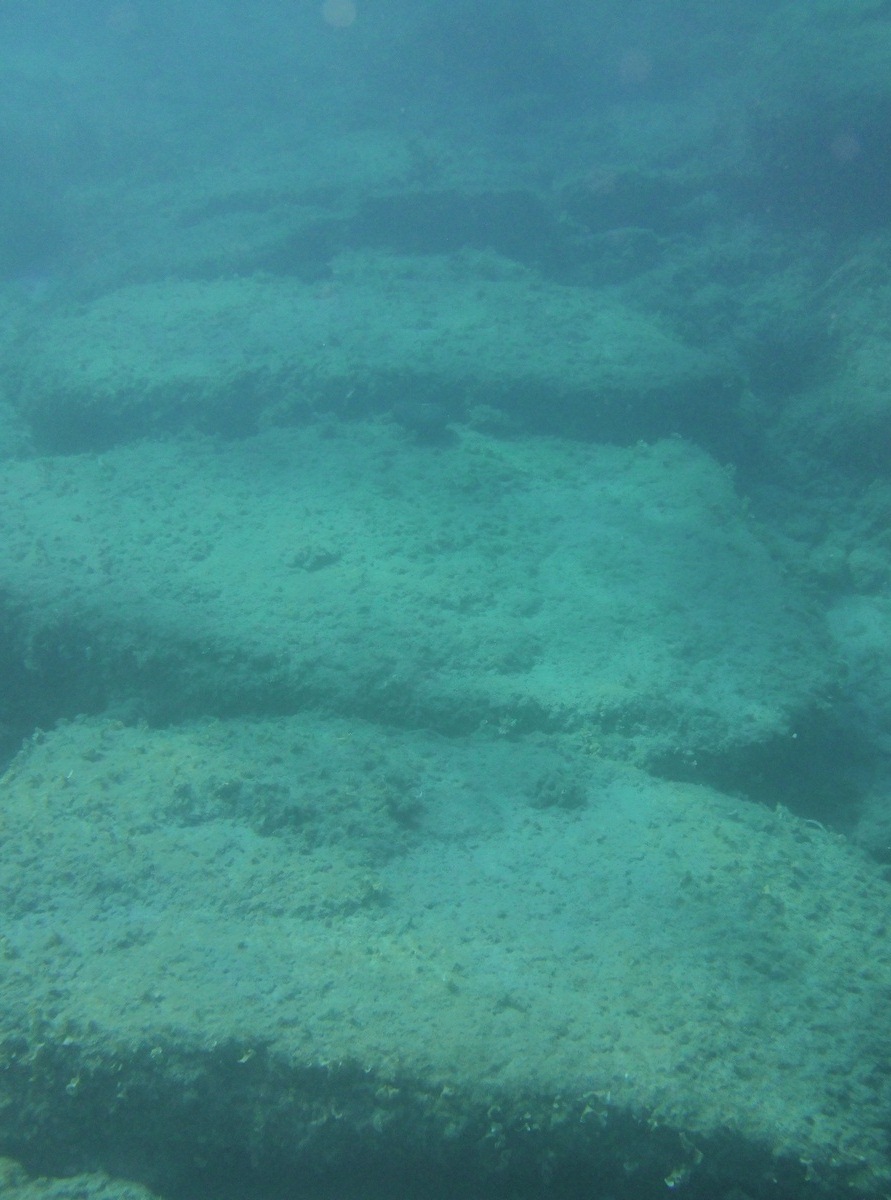
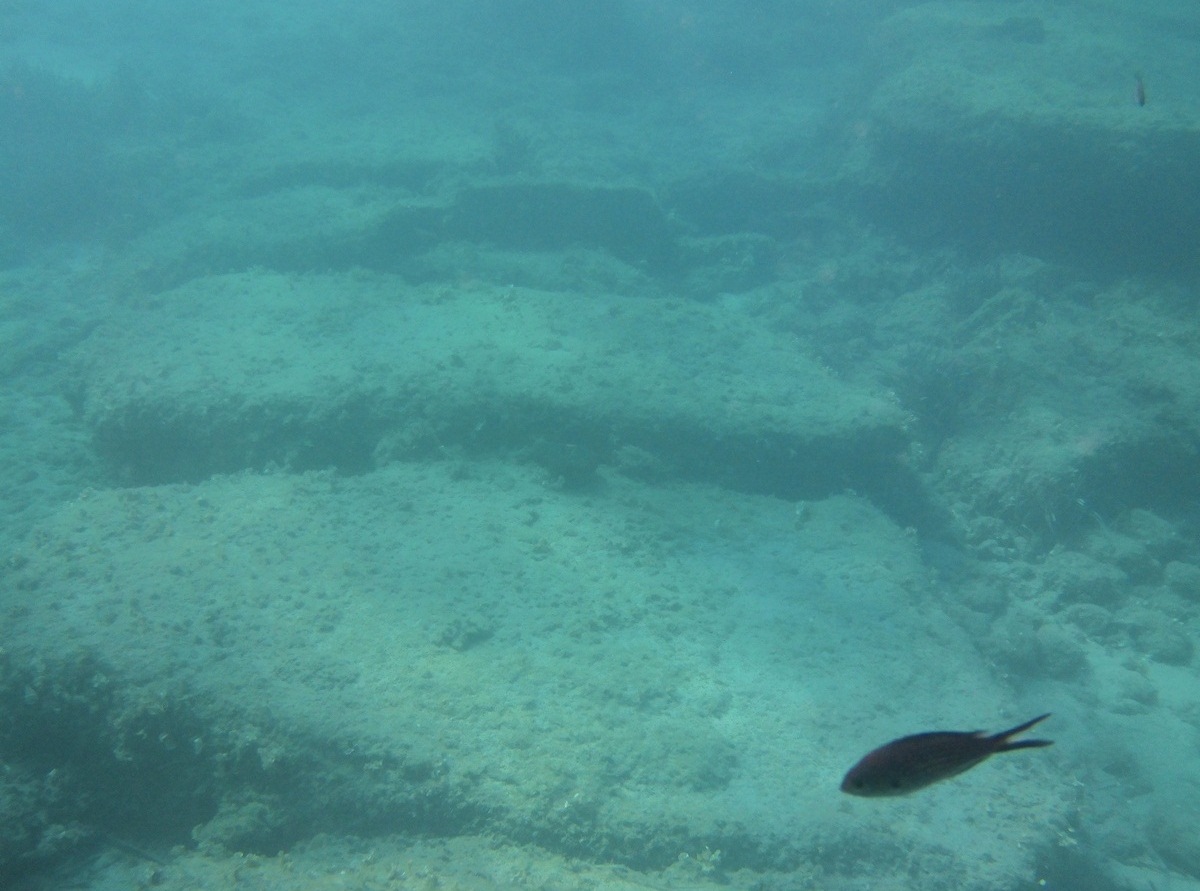
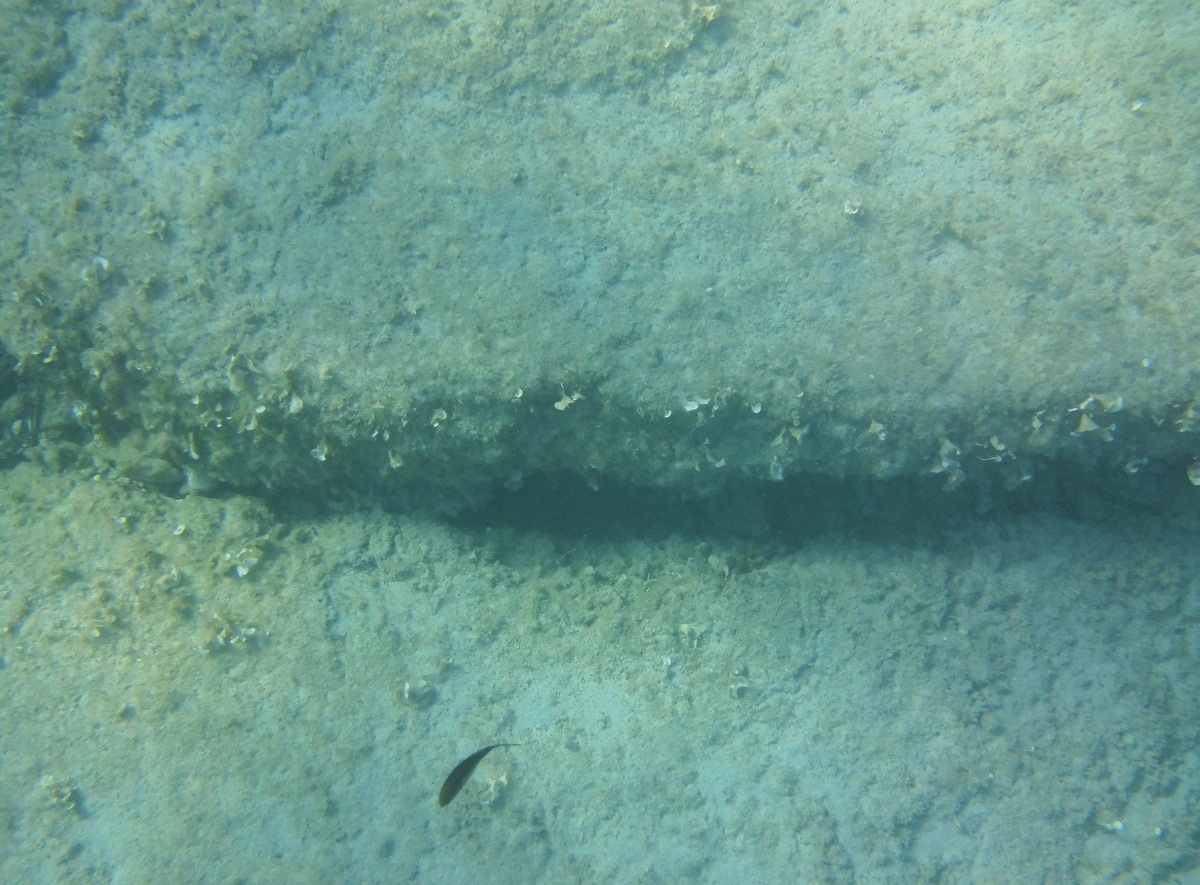

Mavro Lithari has a total length of about 1.5 km and has essentially two main beaches. Its northern part is about 840 metres in length and has a wide, organized beach as well as a smaller one. Its southern part, of about 450 metres length, is mainly a nudist LGBTQ-friendly beach, which attracts younger people. It also features many small creeks. The southern part of the beach was most likely created by successive precipitations of the soil, as shown by the morphology of the coast and the sea bottom. It is called Mavro Lithari (Black Cobble) because in the main beach (northern part) a black rock rises out of the water, a landmark of the area. This beach is one of the most idyllic ones in Attica, with crystal clear waters, a stunning seabed and breath-taking sunset.
At the bottom of the southernmost point of the southern part there are large stone blocks that probably belonged to buildings of the Mycenaean era. If this hypothesis is correct, then 3,000-3,500 years ago, the seabed here was dry land. The beach was always popular, especially among local residents, but the nudist part became more popular in recent decades.
Georgiakodis Ν., (2009), Γυμνισμός, οι παραλίες των «πρωτόπλαστων», [Nudism, the beaches of the “first created”], in2life,
http://www.in2life.gr/escape/infoguide/articles/169014/article.aspx?singlepage=1#bellow,
Last visit 15/12/2012
Scientific editors’ field observation
Panhellenic Centre of Ecological Researches (2012), Καταστρέφουμε αλόγιστα το θαλάσσιο περιβάλλον, [We are destroying carelessly the sea environment], PACER
Share